
John Foster|Accidental Mysteries
July 11, 2014
Shadwell Shams: A Tale of Two Forgers
I always used to think that forgeries were a phenomenon of the 20th century, but according to a story I read recently, they’re not. William Smith and Charles Eaton, known fondly as Billy and Charley, were forgers of small artifacts who did their dirtywork between the years of 1845 and 1870. Their story goes something like this.
When rare artifacts began turning up in the many excavations of a growing 19th century London, Billy and Charley saw a way to make a few shillings. With limited skill and (to scholars) a laughable understanding of a certain basic historical accuracy, the pair began casting fake objects — badges, coins, ampullas, heart reliquaries, diptychs, statues, spear heads, scabbards and more — that they sold to the unsuspecting public as genuine. After carving moulds in plaster and casting a selection of objects, they soaked these novelty items in acid as a way to “age” them. In an effort to provide instant provenance, they even added dates on some of them.
Because the forgers referenced so many wrong, mixed-up bits of historical data, scholars began to question some of their more incongruous combinations. Once these medieval “trinkets” began turning up in private collections and in museums, thousands of them had already been sold to unsuspecting collectors. Billy and Charley were eventually arrested, but managed to avoid jail sentences due to lack of evidence.
Referred to today as the Shadwell Shams, these artifacts are worth more today than in the time they were initially produced made. (Improbably, one source has even reported that there are now fakes of the fakes.)
Genuine Shadwell Shams are hard to find today. They’re highly collectable, and can fetch hundreds of dollars when they turn up at auction. If indeed they ever do.
The images in this post are courtesy of the author at Spitafields Life and the superb historians of English antiquities, Philip and Harold Mernick.
Medallion, c. 1865, with original inscription on buyers label: “Found when excavating for the foundation of Hampton Court Bridge 1865.”
Badge, lead/pewter, with Kings, c. 1865,
Badge, lead/pewter, with Knight running with sword, 110mm x 82mm
Copyright Decorative Art Dept. of National Museums Liverpool
Medallion or badge with knights head and mace, 57mm diameter, c. 1865
Badge, front—of knight, lead/pewter, 77mm diameter, c. 1865
Coin with Jugate head and lion, 43mm diameter
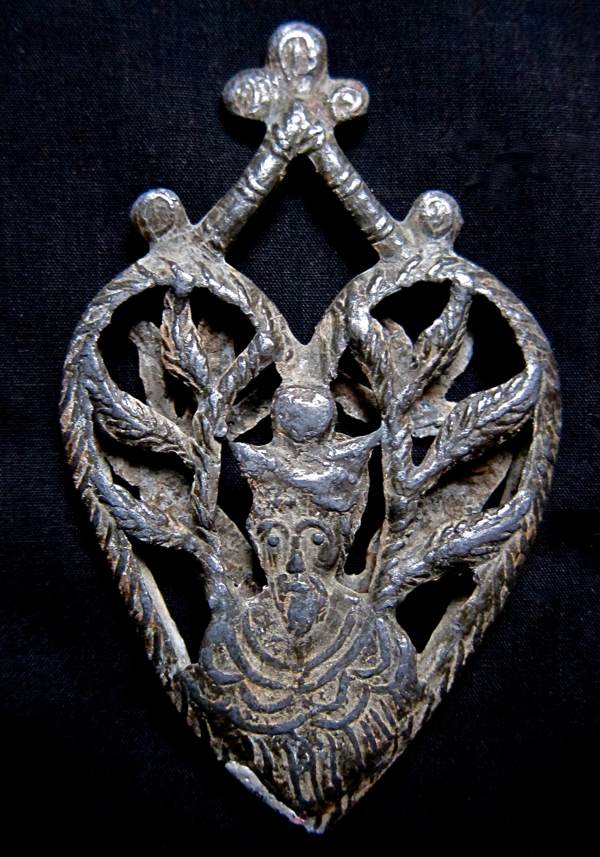
Badge, lead and pewter; 125mm x 94mm
Three knights holding swords with animal (verso), c. 1865
Copyright The Trustees of The British Museum
Badge, c. 1865
Heart reliquary, c. 1860
Badge, lead and pewter, c. 1860: King and Knights (verso); size 102 x 77mm
Copyright Museum of London
Shrine, c. 1865
Coin, bearding facing bust, Amorial design, 31mm diameter, c. 1865
Heart reliquary, c. 1865
Statues attributed to Billy and Charley, c. 1865
Original label, Words read: “Bought by Mr Gay of The K. R. of some navigators and stated by them to have been obtained from some excavations at Peckham Rye at Sewer or Railway.”

King head badge and two knights fighting.
Copyright Hull and East Riding Museum
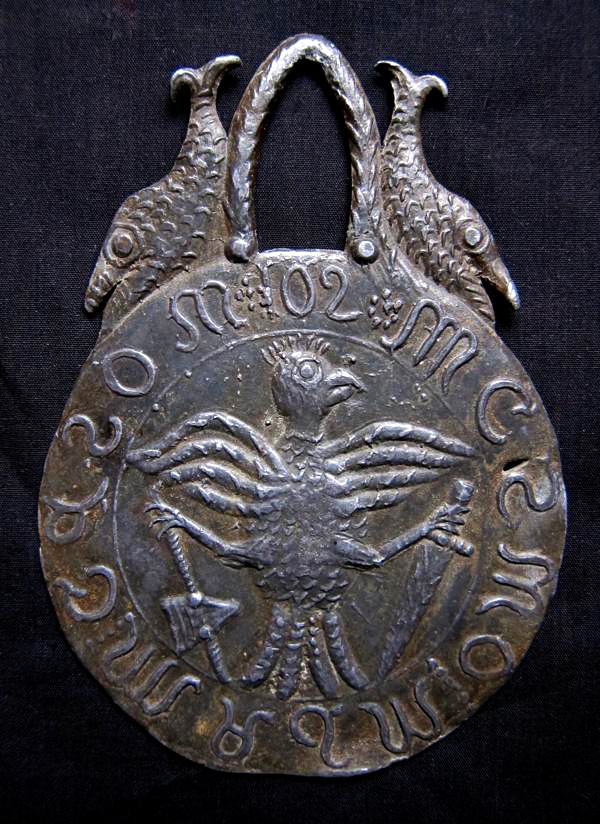
Medallion with fish and bird, c. 1860
Brass jug; 138mm, c.1855
Coin, c. 1865
Observed
View all
Observed
By John Foster
Related Posts
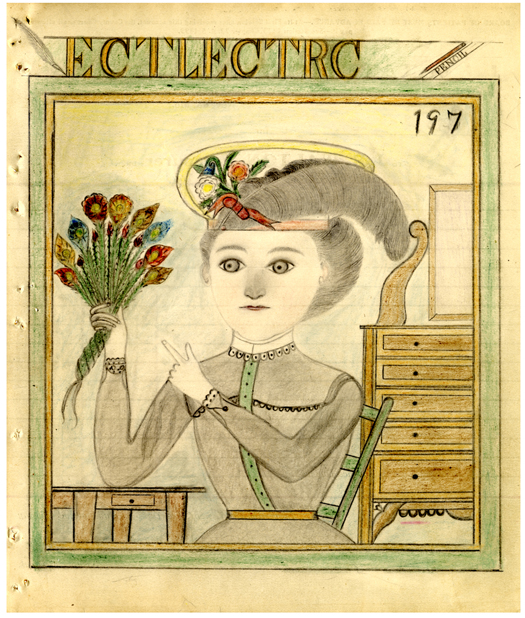
Accidental Mysteries
John Foster|Accidental Mysteries
The Remarkable Mr. Deeds
.jpg)
John Foster|Accidental Mysteries
Doug Rickard: N. A.
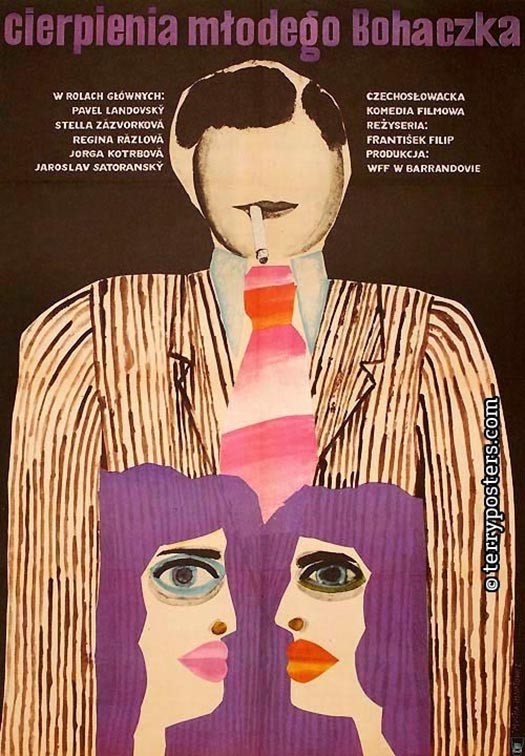
Accidental Mysteries
John Foster|Accidental Mysteries
An Archive of Czech Film Posters

Accidental Mysteries
John Foster|Accidental Mysteries
A Visual History of Lunchboxes
Recent Posts
Mine the $3.1T gap: Workplace gender equity is a growth imperative in an era of uncertainty A new alphabet for a shared lived experience Love Letter to a Garden and 20 years of Design Matters with Debbie Millman ‘The conscience of this country’: How filmmakers are documenting resistance in the age of censorshipRelated Posts

Accidental Mysteries
John Foster|Accidental Mysteries
The Remarkable Mr. Deeds
.jpg)
John Foster|Accidental Mysteries
Doug Rickard: N. A.

Accidental Mysteries
John Foster|Accidental Mysteries
An Archive of Czech Film Posters

Accidental Mysteries
John Foster|Accidental Mysteries

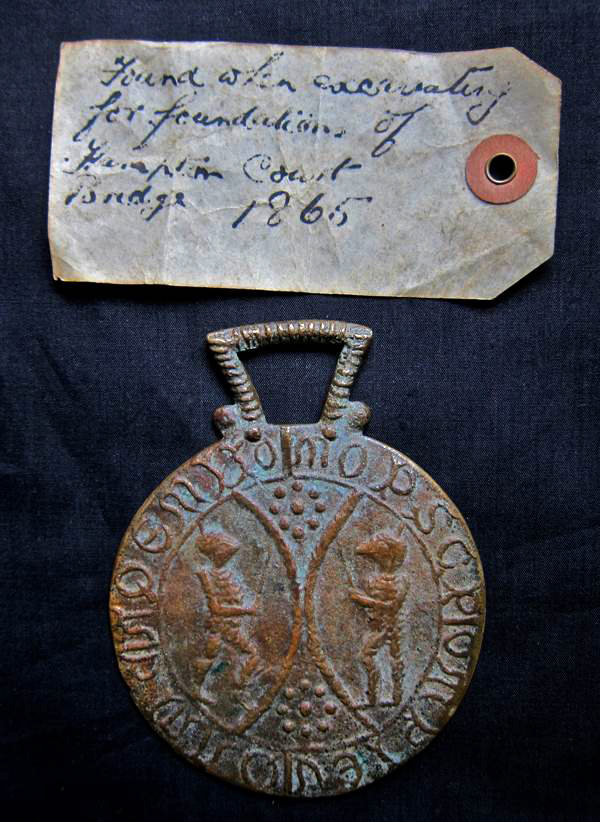
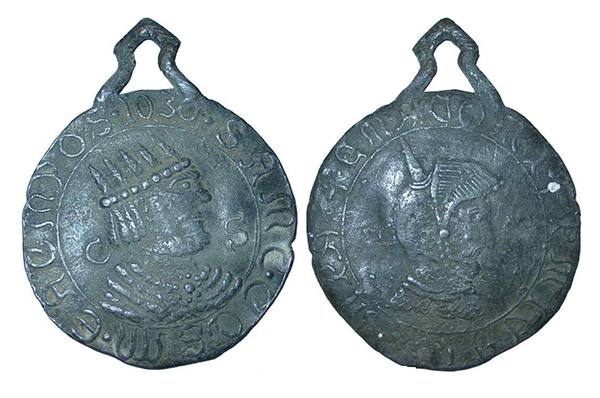
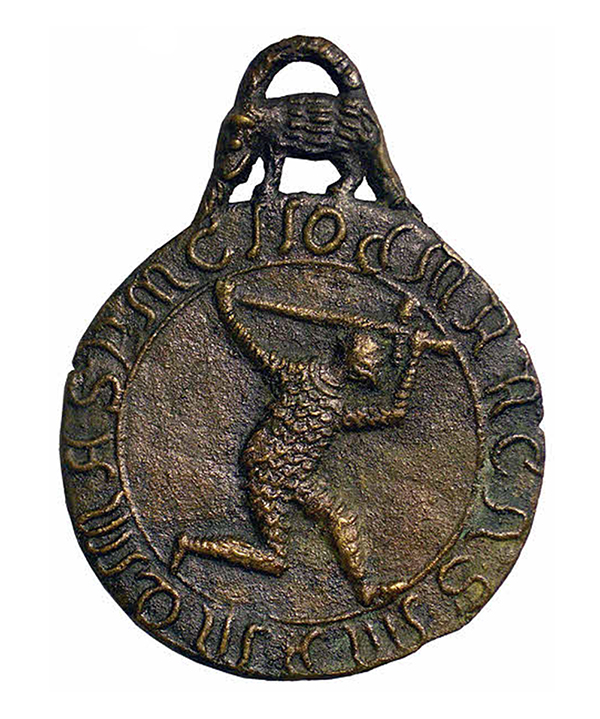
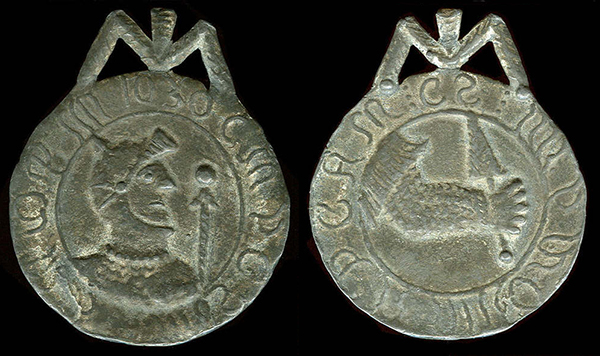
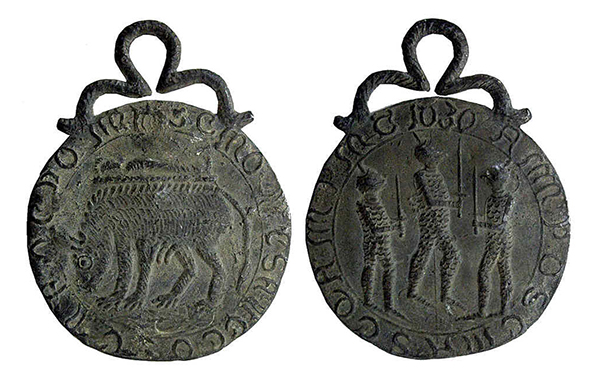

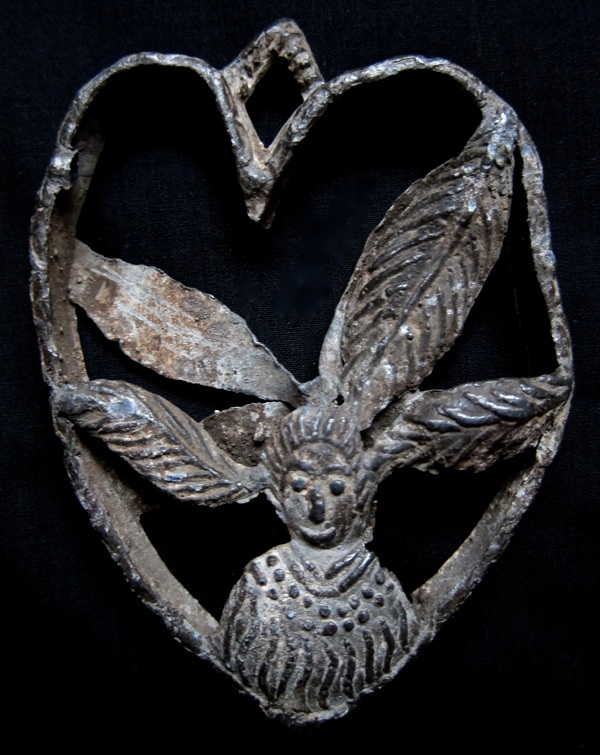
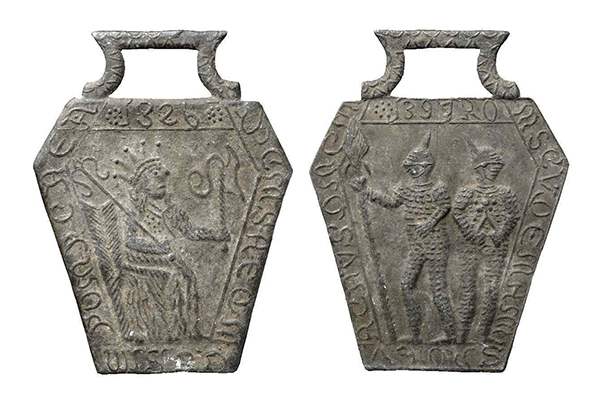



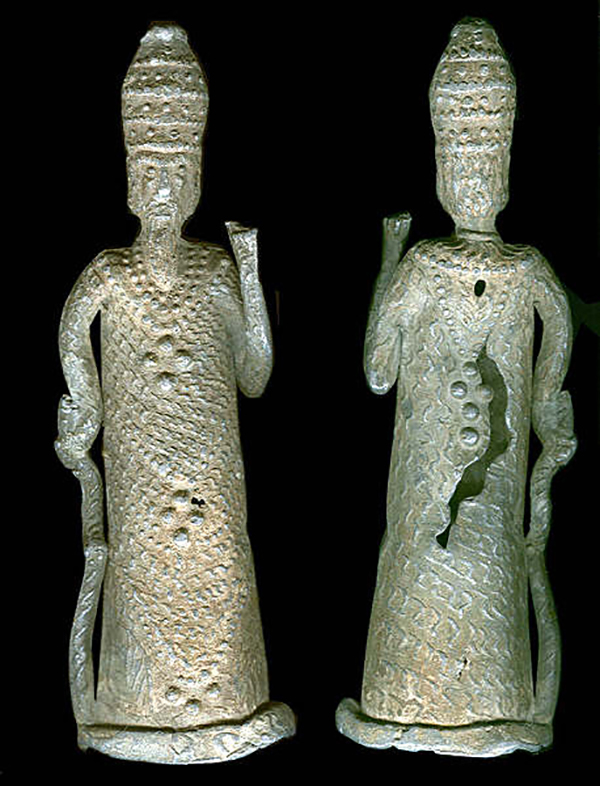
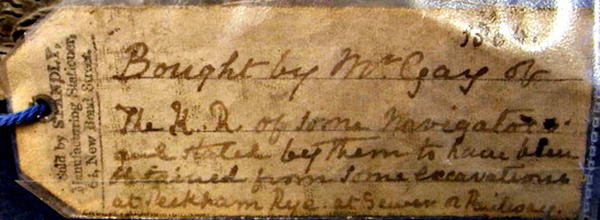

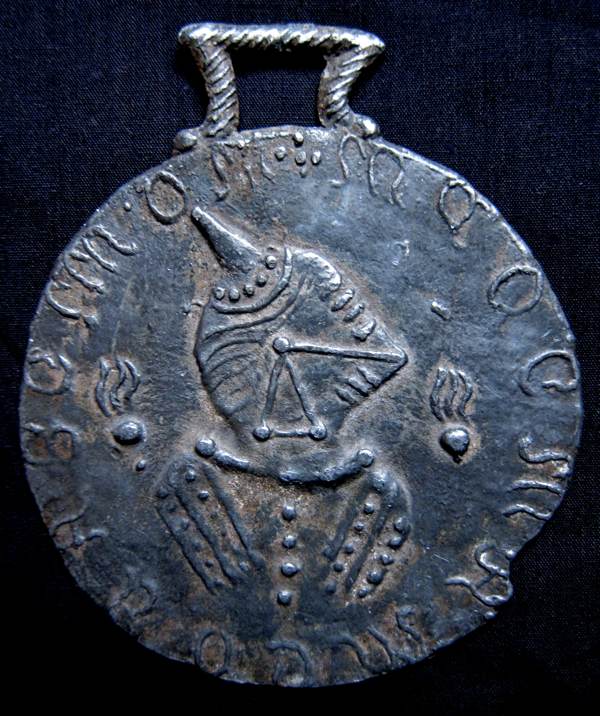
 John Foster and his wife, Teenuh, have been longtime collectors of self-taught art and vernacular photography. Their collection of anonymous, found snapshots has toured the country for five years and has been featured in Harper’s, Newsweek Online and others.
John Foster and his wife, Teenuh, have been longtime collectors of self-taught art and vernacular photography. Their collection of anonymous, found snapshots has toured the country for five years and has been featured in Harper’s, Newsweek Online and others.